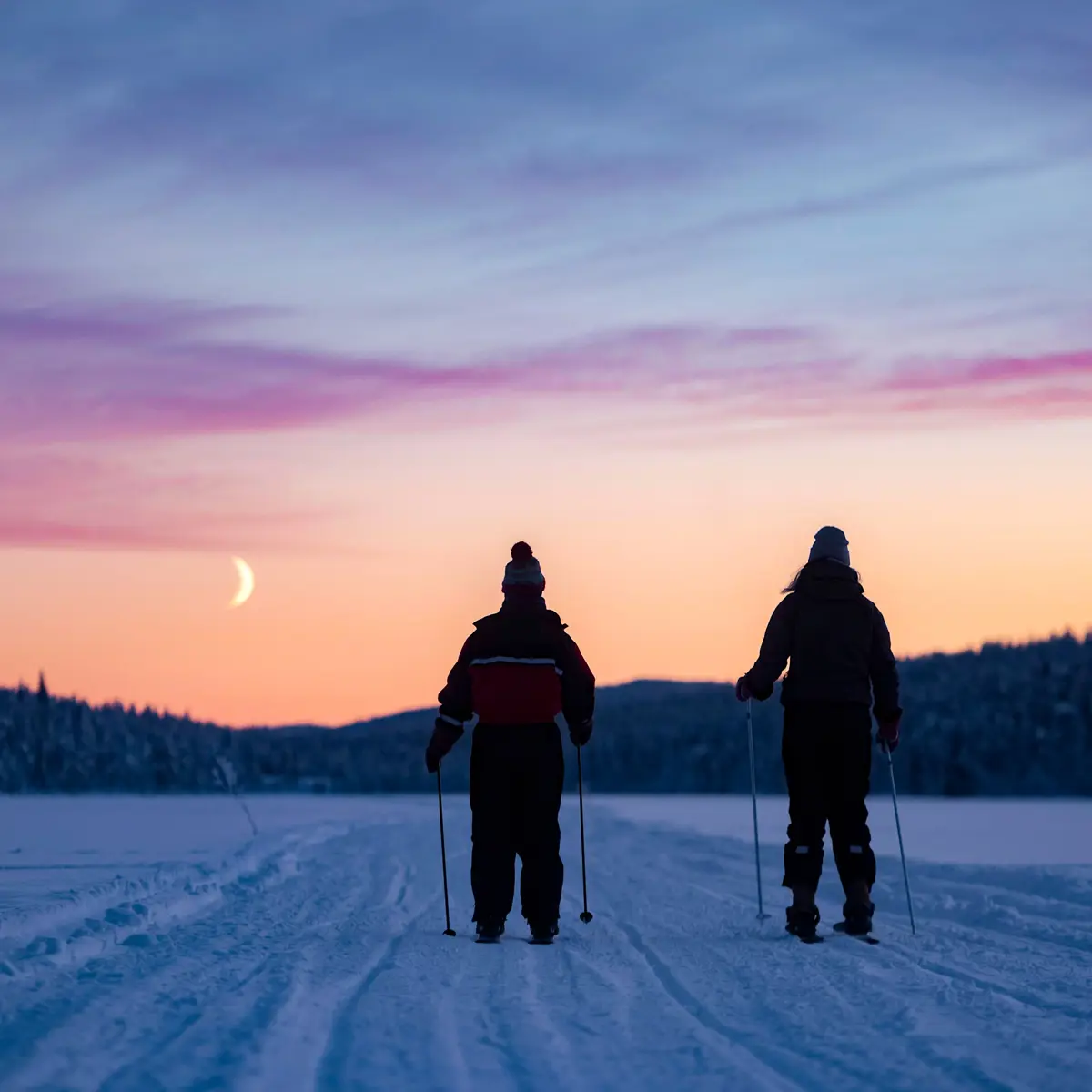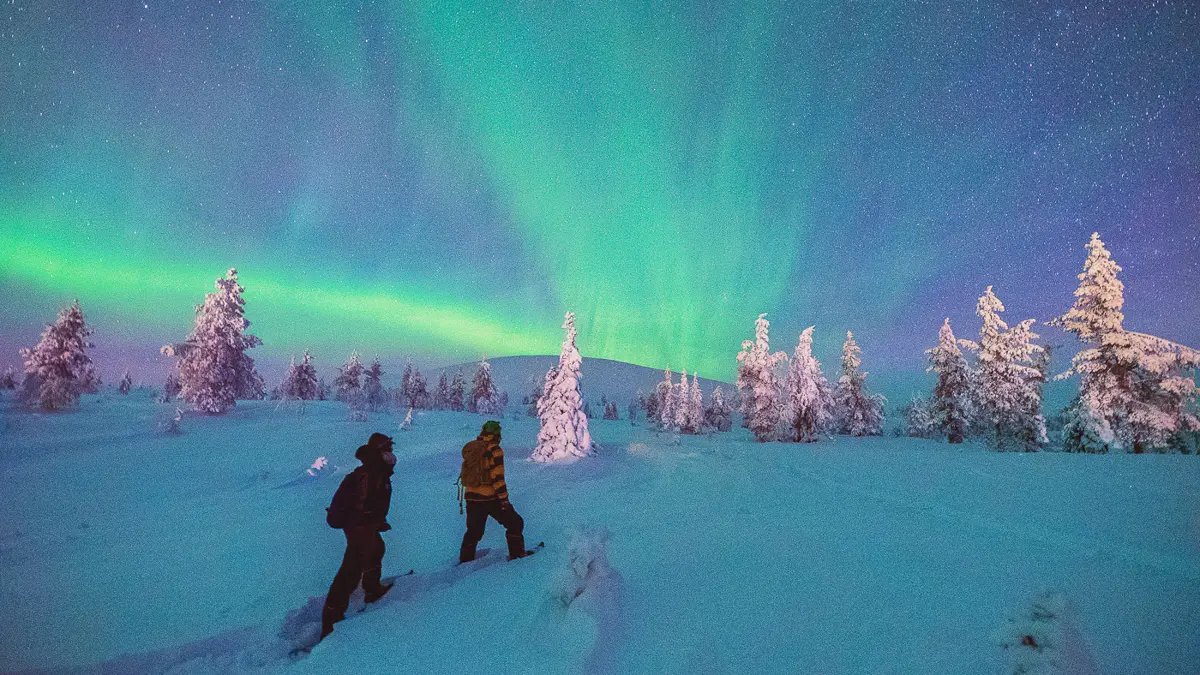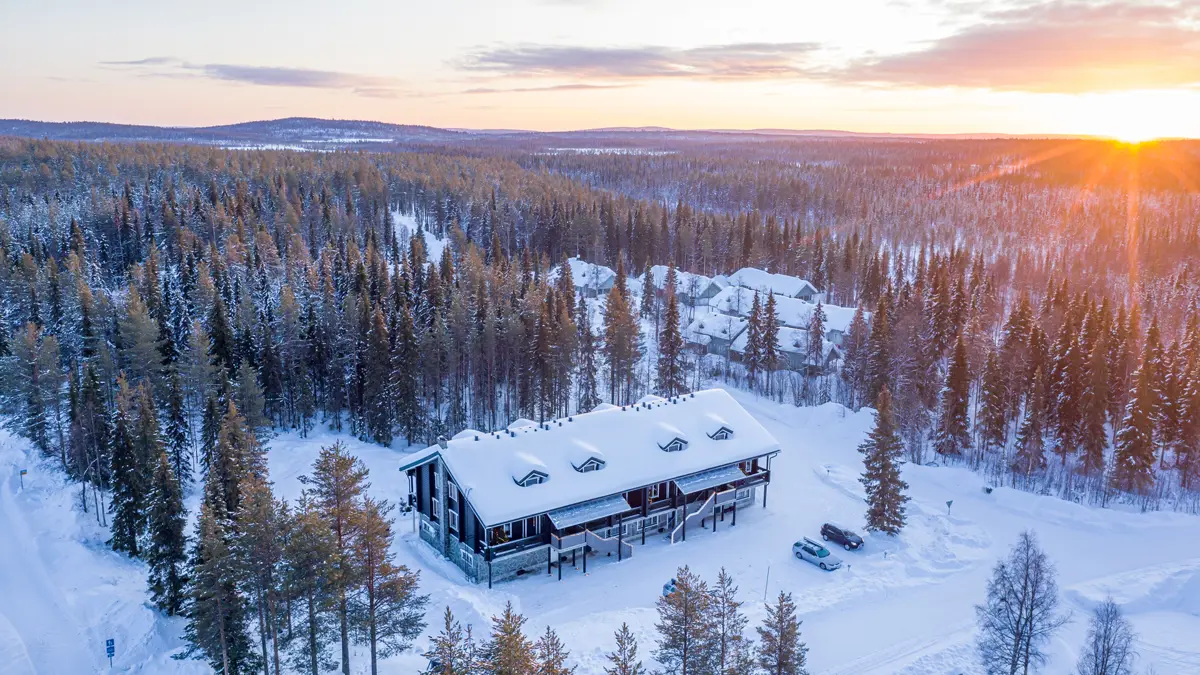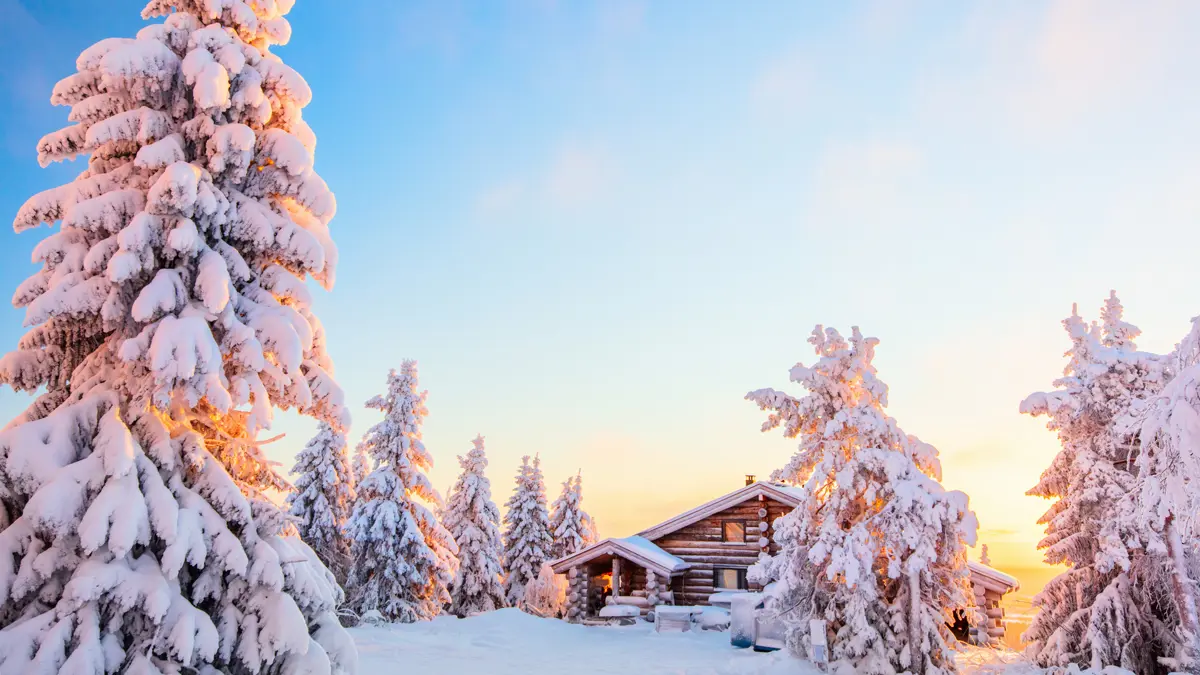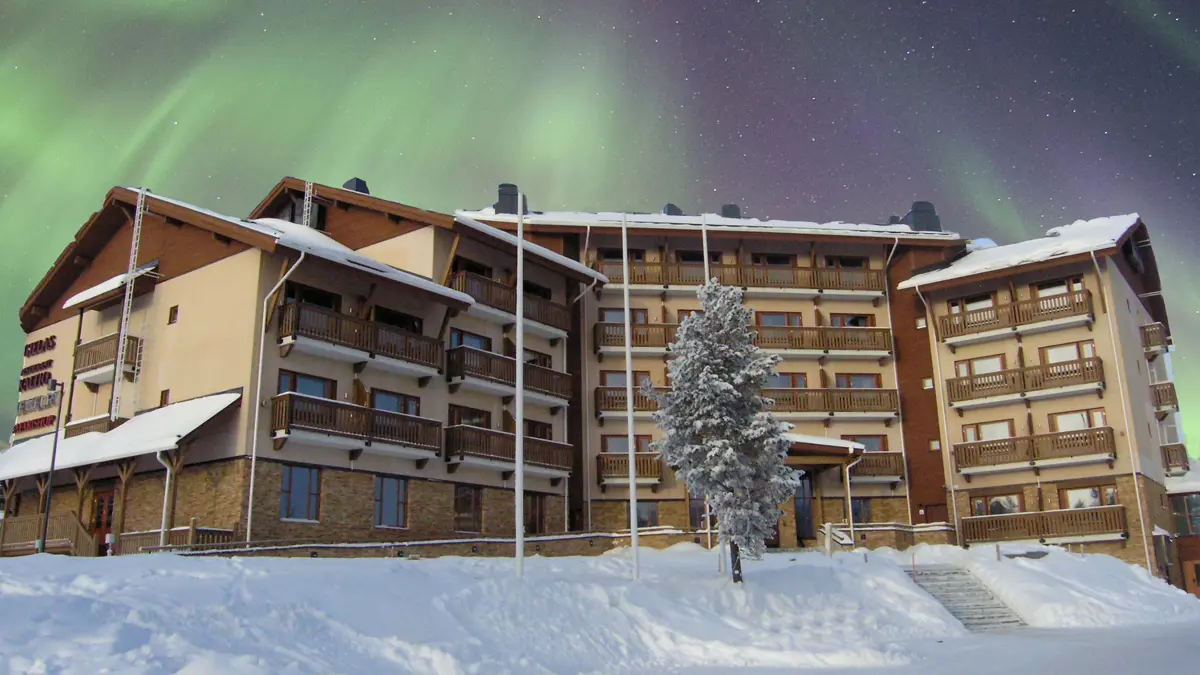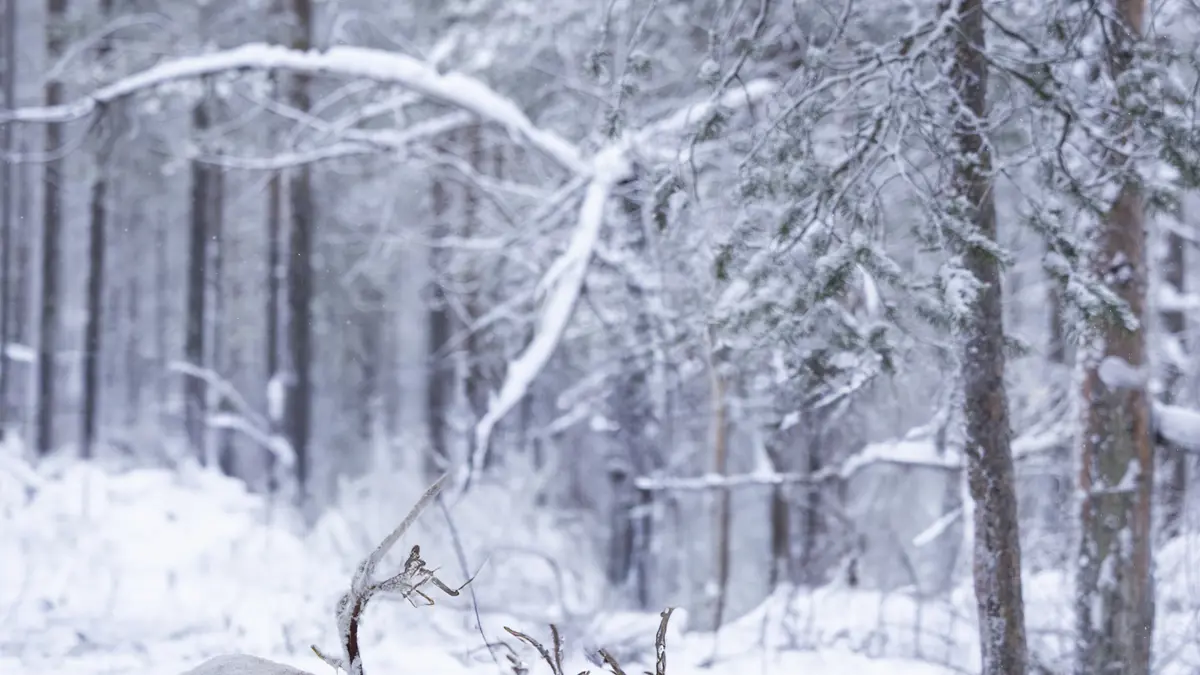
Lapland Fact File

Lapland is a destination rich in natural wonders and exotic myths and traditions. Journey to Lapland for a winter wonderland adventure that will create memories to last a lifetime.
There is nowhere else quite like Lapland, the name alone makes you think of snowy landscapes, starry night skies and the energy of the great outdoors. Lapland is the perfect place to take a moment and a soak up your surroundings and appreciate all that our planet has to offer.
Inghams have been providing holidays to Lapland for over 25 years. Our experience and expert knowledge of this unique destination, high above the Arctic Circle, is unparalleled. That’s why we’ve compiled this handy Lapland Fact File, to help you prepare for the holiday of a lifetime.
Essential Lapland Facts
Currency: Euro
The currency in Lapland, which is a part of Finland, is the Euro. In remote areas, cashpoints are few but debit and credit cards (except Amex) are widely accepted.
Language: Finnish
Finnish is the most prevalent language in Lapland, however several Sámi languages are also spoken by the local indigenous population. English, as a second language, is widely spoken.
Time zone: UTC +2
During the winter months, Finland is on UTC +2, which is two hours ahead of the UK. This means if it is 12:00 here, it is 14:00 in Lapland.
Lapland Weather Guide
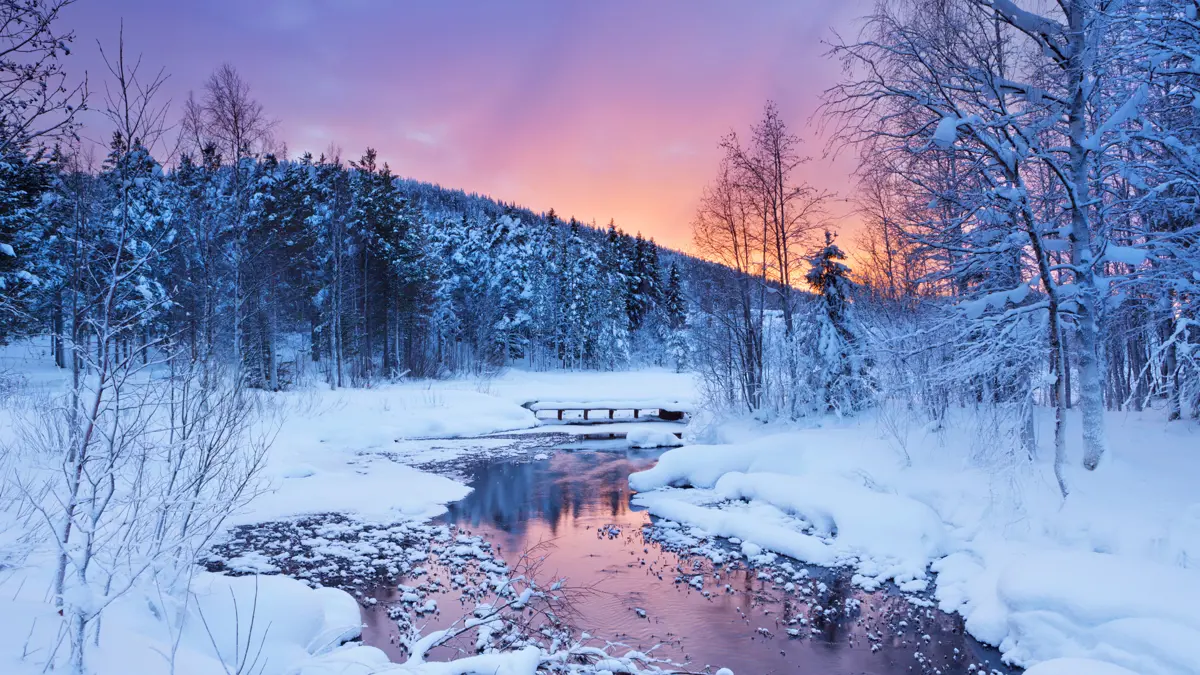
Imagine Lapland and you probably picture a cold and snowy landscape. But winter takes on more than one appearance in Lapland. The Finnish region experiences three distinct ‘seasons’ over the course of the winter months. Each period has its own particular character and beauty – a reason to return to Lapland time and again.
The following daylight hours, temperatures and snow depth are approximate only.
December to mid-January
Daylight: c. 5 / 6 hours
Temperature range: -5°C / -15°C
Snow depth: c. 35-45cm
‘Kaamos’ is the Finnish name for this period, when the sun barely rises above the horizon. This atmospheric twilight or ‘Blue Light’ period is when the candles and lanterns add to the magic, and a feeling of peace pervades the tranquil landscape.
At this time, there are only 5 hours of daylight per day, with the sun barely rising above the horizon. However, the rose-coloured skies reflecting off the snowy landscape are a magical sight.
Mid-January to February
Daylight: c. 6 / 8 hours
Temperature range: -5°C / -20°C
Snow depth: c. 45-50cm
A popular time for Inghams guests to visit Lapland. This mid-season period is truly evocative, as the days pass in a gentle palette of rose-coloured dawns and dusks, and the aptly named ‘ghost trees’ bow into bizarre snow-laden shapes.
January and February is a time when the temperatures reach their coldest point, and the daylight hours begin to extend. It is a time when Lapland is at its most Arctic, and exiting adventure awaits.
Packing for Lapland
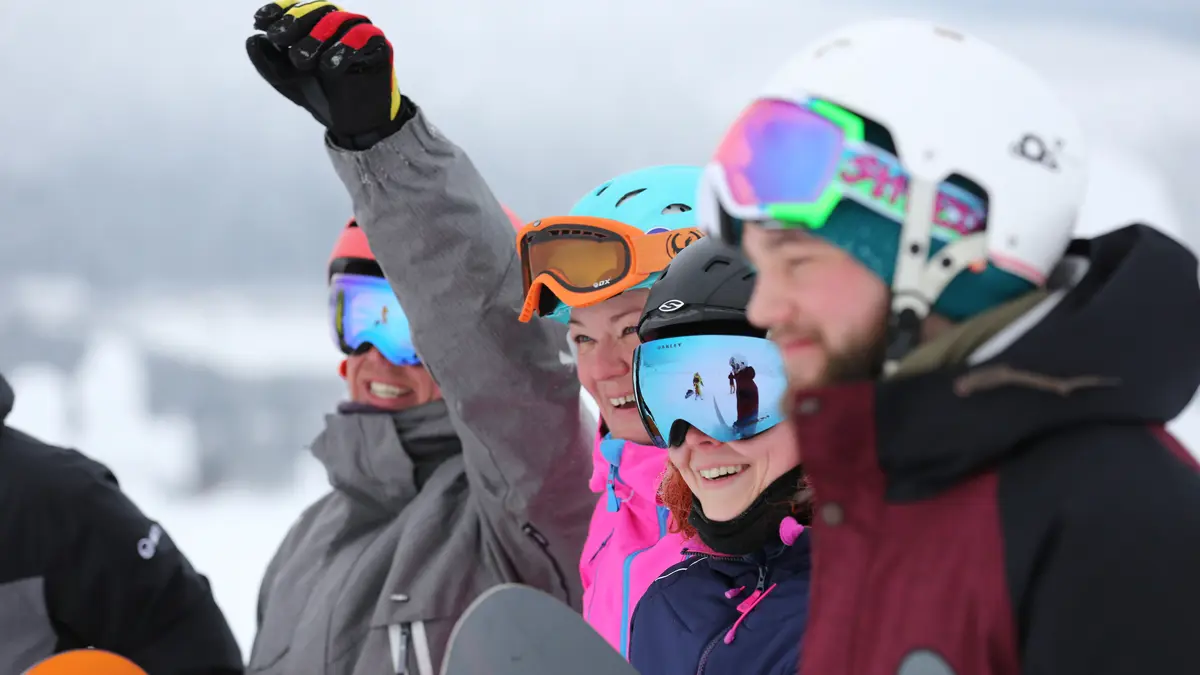
Photography kit for the Northern Lights
A bucket list activity for the majority of visitors to Lapland is to see the Northern Lights. And some of you will want to take a photograph to record the magical moment too. Taking a photograph of the Northern Lights used to mean taking an expensive digital camera on holiday with you. Not so much anymore. However, you still need a bit of extra kit to properly photograph the Northern Lights.
We spoke to professional nature photographer, Markus Killi about how to photograph the lights. And you can find his top tips, and follow his instructions: here.
Spare batteries are important: this top tip applies to all electronic equipment in Lapland, not just your camera. In the cold weather, batteries drain much faster than normal. Make sure you carry spare batteries, or a portable charger with you while you are out and about, and keep electronic devices in an inside pocket of your clothing to keep it warm.
Photo kit check list:
- Manually adjustable camera
- Tripod
- Torch (for adjustments in the dark)
- Fingerless gloves
- Spare batteries
What to wear on holiday in Lapland?
For many of our guests, Lapland is their first experience of an Arctic climate and it’s not unusual to wonder what best to wear. Fortunately, finding appropriate clothing for Lapland is easy. If you’re a skier or snowboarder, you’ll be pleased to hear that standard ski gear is sufficient for keeping you warm.
If you don’t have your own ski gear, you can pre-book and hire warm thermal suits and boots in each of our Lapland resorts: Levi, Ylläs, and Saariselkä.
The trick for dressing for the cold is layering. Heat is trapped between layer of clothing, and it is easier to regulate your body temperature by adding/removing layers. A thermal ‘base’ layer is great for keeping you warm, and wicking away sweat from your body when you get too hot. You will also need to pack hats, gloves, and a scarf or neck-warmer, to keep the extremities warm.
Our suggested clothing checklist:
- Warm ski suit or rented thermal suit
- Long thermal underwear
- Several light layers of under garments
- Warm socks/ski socks and thermal boots
- Warm hat and gloves/mittens
- Scarf or fleece neck-warmer
Did you know you also need these items?
Here are a few unexpected items you might not realise you need to pack for your holiday to Lapland:
- Sun glasses (yes, sun glasses) or ski googles: a necessary addition to your Lapland packing, sunglasses help you to avoid glare from the sunlight on the snow. This is especially necessary when the daylight hours get longer in February, March and April.
- Swimwear – don’t miss out on the traditional Finnish past time of visiting the sauna! Bathing is a popular pastime in Lapland. Don’t forget to pack your cossie.
What to expect from Lapland?
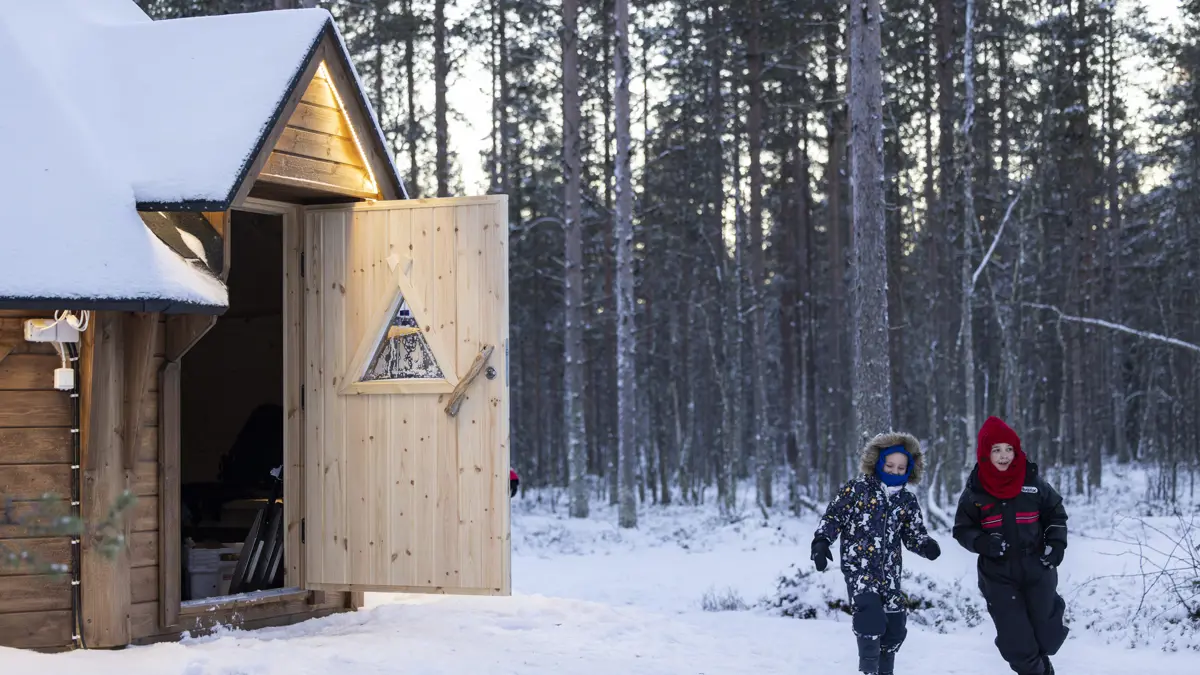
Winter activities and adventures
A huge variety of activities and excursions are on offer with something to suit all standards of fitness, age and ability. Many operate in the evenings to search for the Northern Lights. Trips vary from short easy husky, reindeer and snowmobile safaris to exhilarating and more challenging longer adventures. Thunder across the tundra on a snowmobile, dash about on skis (either cross-country or downhill), encounter reindeers and huskies on a traditional Lapland safari and enjoy snowshoeing along winter footpaths or off the beaten track.
All Lapland activities
ActivitiesA wide choice of accommodation
The temperatures outside may be chilly, but inside, everywhere is toasty, with saunas and under-floor heating as standard. Inghams has a range of high-standard accommodation from luxury spa hotels and spacious, modern apartments to cosy, well-equipped log cabins.
You can even overnight in a luxurious thermal glass igloo or Arctic Cabin.
Accommodation options
The landscape and indigenous people of Lapland
The scenery is like nowhere else on Earth. It’s a vast, pristine and silent landscape, where ‘ghost trees’ bow in snow-laden sculptured shapes, and fells, frozen lakes and spruce forests are bathed in a diaphanous light from the low arctic sun. At night, the crisp clear sky glistens with myriads of stars, momentarily eclipsed when the unforgettable Aurora Borealis makes an appearance.
This beautiful wilderness cannot fail to transport you into the myths and legends of its indigenous inhabitants, the Sámi nomads. The traditional clothing of the Sámi is bright and colourful, and the classic ‘lavvu’ tents with fires burning at their centre are truly evocative. Reindeer herding is a traditional way of life for the Sámi, and you can visit Sámi reindeer farms with Inghams.
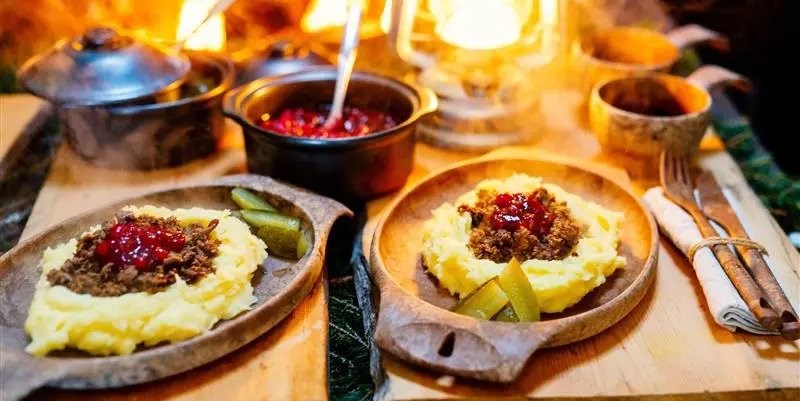
Food and drink in Lapland
Whether you are feasting in a candlelit restaurant on giant king crab fresh from the Arctic Sea, or sharing a delicious local salmon soup or reindeer stew in a wooden Sámi hut or ‘kammi’, eating and drinking is an important experience in Lapland.
People in Lapland are traditionally big meat eaters. Reindeer and moose meat is a popular delicacy, and is often served stewed or cured. Most Lapland dishes are traditionally served with potatoes but other local ingredients often find their way on to the plate too, such as bilberries and mushrooms.
Fish is also an important part of the Finnish diet. Salmon is a popular ingredient in local cuisine and can be smoked or grilled.
The Swedish influence on Lapland culture is visible in the popular Glögi drink, a type of spiced-wine, while the Russian influence is evident in local vodkas. Alcohol consumption is carefully licensed in Finland and wine, beer and spirits are only available to buy from specially licensed stores.
